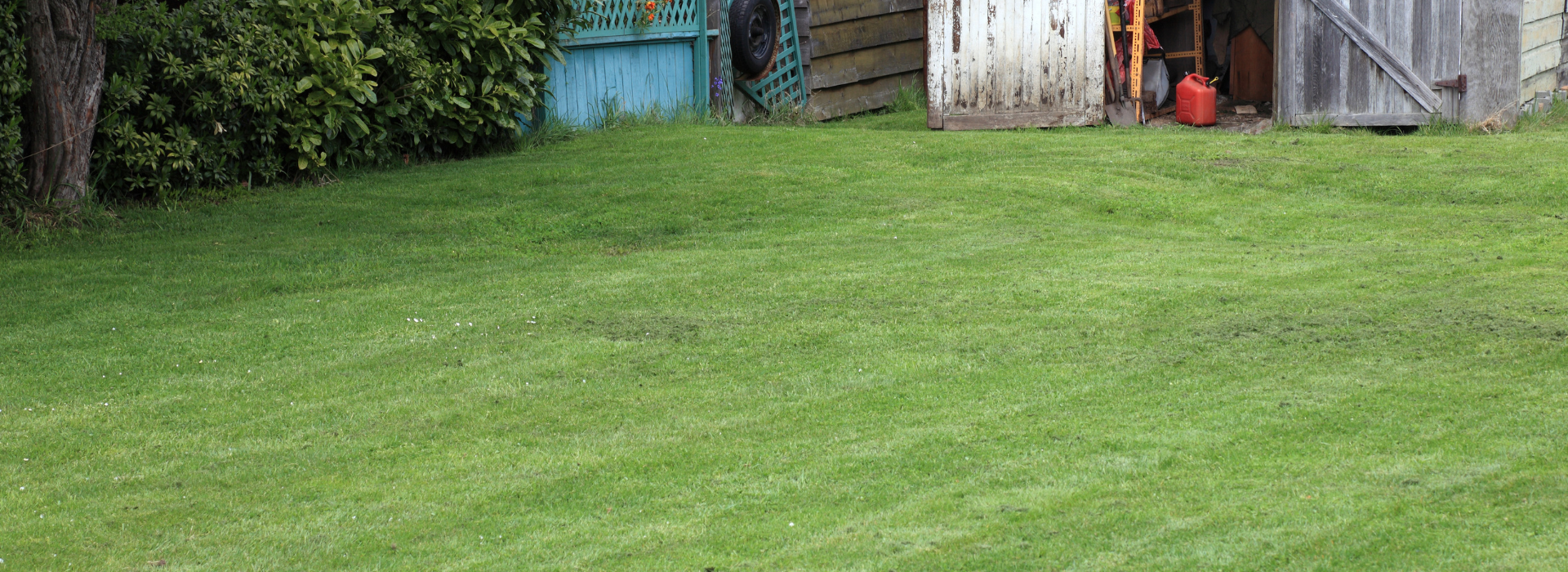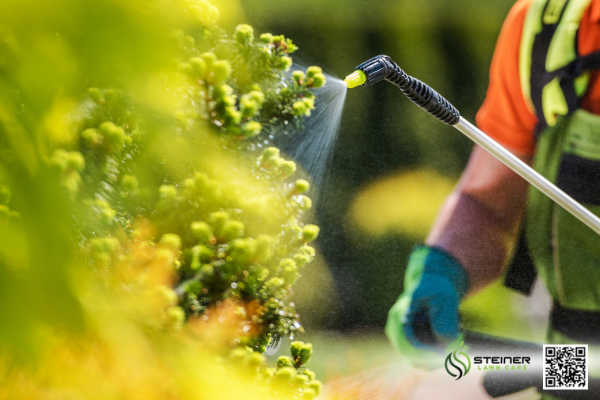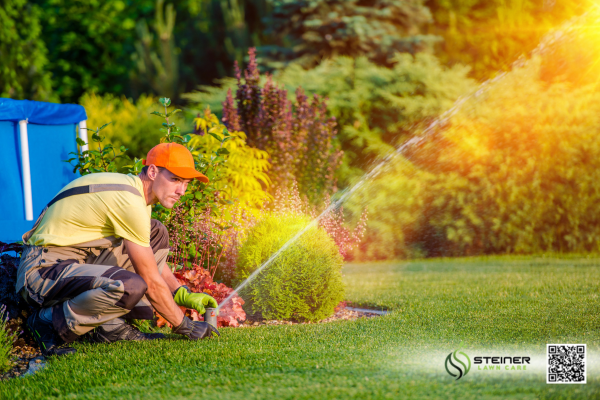
As the crispness of early spring fades and April melts into May, your lawn is gearing up for a season of growth. But the difference between an ordinary yard and a breathtaking green oasis is all about timing and care. Late-spring lawn care is the unsung hero of healthy, vibrant turf that lasts from May through the hot summer months.
Neglect your lawn now, and you could face a patchy, dry, weed-infested yard when the heat waves hit. Get proactive, though, and you’ll enjoy deep green, soft, and thriving grass that makes your home the envy of the neighborhood.
Many homeowners assume lawns thrive on “set-it-and-forget-it” care. Unfortunately, that’s how grass weakens and weeds invade. The late spring season — typically April through May — is a crucial time to prepare your yard for the stress of summer.
During this period, your grass is growing at its fastest rate, soil temperatures are ideal, and weed seeds are waiting to germinate. Your job? Encourage healthy grass growth and block weed invasions before they start.
Let’s break down the essentials. If you want a lawn that’s thick, resilient, and glowing with health, follow this expert-backed Late-Spring Lawn Care guide.
 Feed Your Lawn the Right Way
Feed Your Lawn the Right WayNutrient-deficient soil equals underperforming grass. Late spring is the perfect window to give your turf the fuel it needs to build strength before the heat arrives.
Choose a slow-release nitrogen fertilizer to provide steady nourishment over time. Avoid quick-release types, which cause a sudden growth spike but stress your lawn in the long run.
Opt for organic fertilizers when possible. They not only feed your grass but also improve soil health, microbial activity, and water retention.

 Water Smart, Not Hard
Water Smart, Not HardOverwatering can drown your lawn’s roots and invite fungal diseases, while underwatering leaves grass brittle and brown. The secret? Consistent, deep watering.
Aim for 1 inch of water per week — including rainfall. Watering should happen early in the morning to reduce evaporation and discourage pests and fungus.
Water deeply but infrequently. This encourages strong root systems that can access deeper soil moisture during dry spells.
 Mow at the Right Height
Mow at the Right HeightMany homeowners cut their grass too short in the spring, thinking it will reduce mowing frequency. But short grass leaves your soil exposed to sunlight — encouraging weed growth and faster evaporation.
Maintain a height of 3 to 4 inches for most grass types.
Sharpen your mower blades regularly to avoid ragged cuts that stress the grass and invite disease.

 Control Weeds Before They Spread
Control Weeds Before They SpreadBy late spring, weed seeds are ready to sprout. A strong weed prevention strategy will help your grass dominate the soil, leaving no room for invaders.
Apply a pre-emergent herbicide early in the season to stop weed seeds from germinating.
Spot-treat existing weeds with targeted post-emergent herbicides.
Hand-pull weeds when possible to prevent seed heads from forming.
 Aerate Compacted Soil (Optional but Recommended)
Aerate Compacted Soil (Optional but Recommended)If your lawn experiences heavy foot traffic, it’s likely compacted. Compacted soil limits oxygen, water, and nutrient absorption — which stunts grass growth.
Aeration opens up the soil by creating tiny holes, allowing roots to breathe and expand.
Late spring is a good time to aerate if you didn’t do so in early spring.
